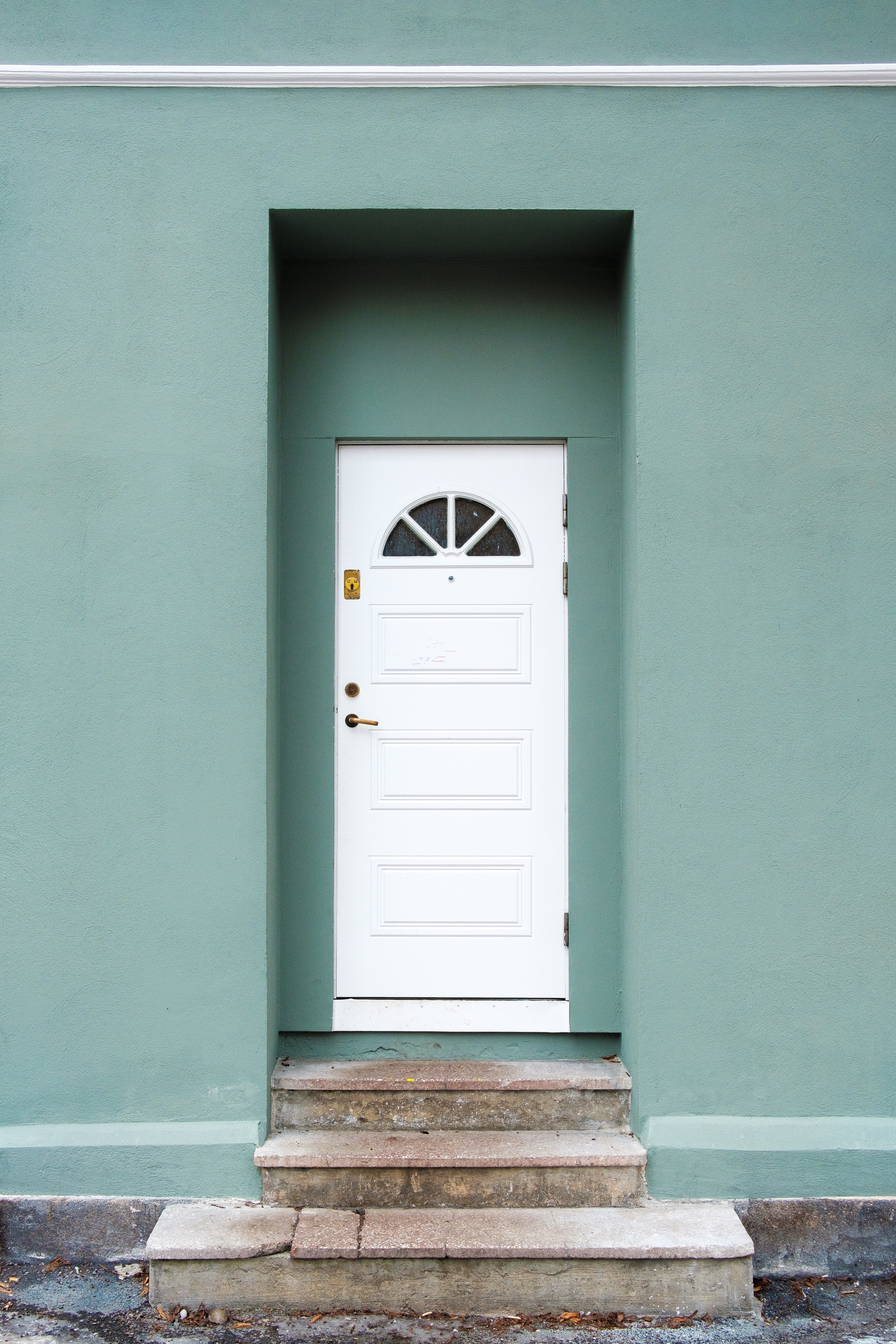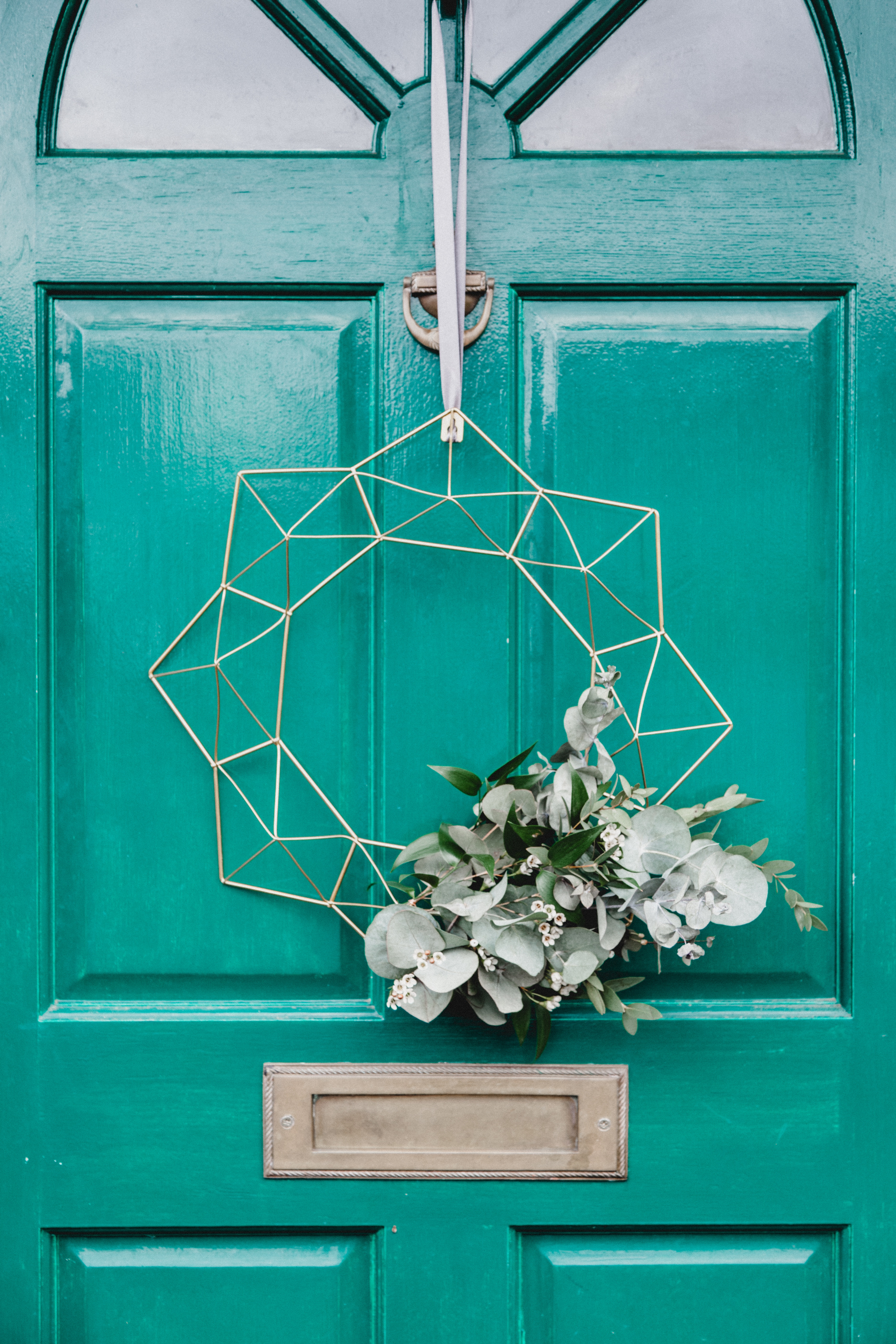
Doors form an essential part of any property. Without them, we’d not only be a great deal colder – but we probably wouldn’t be able to go to sleep at night, for fear that someone might walk straight into our property and steal all of our possessions.
Exterior doors are undoubtedly the most important sort of door – from a security perspective as well as an insulation one. They also determine the overall look of the home, and setting the visual tone for anyone who might pay a visit.
Shopping for external doors can often be confusing. It’s easy to become overwhelmed by the wealth of options available, and fail to make any sort of decision at all! Let’s attempt to clear up the confusion, and demystify the available external-door technologies.

Photo by Akira Hojo on Unsplash
One of the most important factors to consider when selecting an external door is the stuff that it’s built from. Doors can be made from many different materials, but a few stand out as especially popular.
A solid wood front or back door is perhaps the simplest sort of door available. It’s made from a few solid pieces of wood, which run through the entire door. They must be covered with a finishing layer of paint or polish in order to withstand the elements while preserving their shape. They also tend to be more expensive than their competitors. The primary reason many are drawn to a solid-wood door is their looks; it’s difficult to replicate the aesthetic appeal of a wooden door using other means.
Wooden doors can also be easily sanded and cut down to size, making them a flexible option. Indeed, they require regular maintenance over the course of their lifespans if they’re to look and function their best.
The majority of apparently-wooden external doors are actually composites built from a number of different materials. The main reason for this approach is cost – while a wooden door might look great, it’s only the very outer edge of the wood that’s really visible. The core of the door, by contrast, is built from a combination of cheaper chipboard, metal and plastic.
As well as being an economical option, a quality composite door will also provide excellent thermal and sound-proofing performance, as heat and sound will need to flow through several different materials to move from one side of the door to the other.
Composite doors are also useful in that they’re able to resist warping. This effect occurs when wood fibres change shape in response to changes in ambient moisture and temperature. In larger blocks of wood, where these fibres are larger, these small changes can add up to larger ones. After a time, the door may have warped to the extent that it no longer properly fits into its frame. By making a door from many different pieces of wood, and materials which aren’t wooden at all, this effect can be hugely reduced. For this reason, composite doors are a popular choice for the outside of a property, where changes in humidity and temperature are more severe.
uPVC is a variety of plastic material that’s popular across the country. uPVC doors tend to be the cheapest option, and so they’re popular on the lower rungs of the property ladder. What’s more, they don’t require any maintenance over the course of their lifespan – you can literally just install them and forget about them, barring the occasional replacement draught-excluder, which are cheaply obtained and easily installed.
uPVC is virtually invulnerable to the warping effect we’ve just talked about – you can be almost certain that they’ll keep cold winds at bay. They come with all of the locking mechanisms ready-installed, so you won’t need to worry about modifications. If you’re looking to minimise your expenditure, and you can put up with their plain-white looks, then they’re a sensible choice.
Fibreglass doors are often employed as replacements for wooden ones – they can be given a convincing wooden appearance, but they’re far less vulnerable to warping and rotting. Best of all, they require very little maintenance, and they’ll stand up to an enormous amount of punishment before failing. They also offer far superior insulation. Of course, all of this extra functionality doesn’t come cheap – fibreglass doors cost several times the price of their less-exotic equivalents.

Photo by Georgia de Lotz on Unsplash
When you’re shopping for an external door, you might be tempted to opt for one that’s heavily glazed. Glazing offers sunlight the opportunity to pass through, helping to brighten up your interior. Glazing can also help to improve the look of a door from the outside.
Glazed doors, however, tend to cost a little bit more, as they’re more difficult to design and craft. If you’re looking for privacy, too, then they might not be an attractive option – unless you select a door with obscure glass.
Your choice will likely be heavily influenced by where on your property you’re looking to install you door. If you’re going to put it on the front of your home, a little bit of glazing might be suitable. If you’re looking for a patio door, then a lot of it will let you see out into the garden, and thereby provide that all-important sense of space.
When it comes to front doors, you might achieve a satisfying compromise between natural light and privacy with the help of a transom window. These sit just above your door, and will allow the light from outside to enter without allowing anyone outside (who isn’t ten feet tall) to see in.
Glazing (or a lack of it) can also form a key part of an external door’s security. Laminated glass will offer superior security to ordinary glass – it consists of two sheets of glass either side of a sheet of laminate, which will stand up to all but the most well-resourced break-in attempts.
All external doors should be fitted with a cylindrical ‘Yale-style’ lock, as well as a traditional five-lever mortice deadlock. Ideally, you’ll want to keep this unlocked while you’re in the house, as you don’t want to have to look for it should a fire break out.
Letterboxes are another potential point of vulnerability. The metropolitan police recommend that letter plates be positioned at least 400mm from the door handle – distance enough that even the most long-limbed thief won’t be able to reach in and interfere with the lock.
If you’re looking to replace an existing external door, then your choice of size will largely depend on the door you’re replacing – just match up the size of the existing door with that of the new one. If your existing door has warped, however, the measurements you take might be off slightly, so it’s almost always better to measure the frame.
To do so, you’ll need to take ten different measurements. First, measure the diagonal distances between the top left and bottom right, and between the top right and bottom left. These two distances should pair up quite precisely; a variance of more than five millimetres indicates a door frame that needs adjusting.
Next, take three vertical measurements down the left, right and centre of the door. Again, these measurements should line up fairly precisely. Take the smallest of the three measurements and take away a centimetre – this will give you five millimetres of leeway at the top and bottom of the door. Finally, you’ll want to do the same to measure the width of the door – except you’ll want to measure the width across the top, bottom and middle of the door. With this done, you’ll be able to start shopping for the appropriate door.
Installing an external door is something that requires a little bit of experience – mostly because the consequences of getting it wrong are a little more severe, and you’ll have the added complication of locks to consider. If you have the necessary DIY nous, however, you can save money by getting it done yourself. You’ll need:
A large part of the challenge of installing an external door stems from getting your measurements right – so make sure that you constantly check as you’re getting it into position that everything properly lines up. Start by getting it vertically aligned with the help of shims at the sides, and then horizontally aligned with shims at the top and bottom. Be sure to install draught-excluders along the sides and bottom to eliminate unpleasant whistling noises and cold air.
In Conclusion...
External doors are certainly the most important doors in any property, and selecting a good one is crucial to ensuring optimal security and insulation performance. Your final choice will ultimately, however, depend on your personal preference – so be sure to opt for a door which you’ll be able to live with in the long-term!
Proud stockists of....
